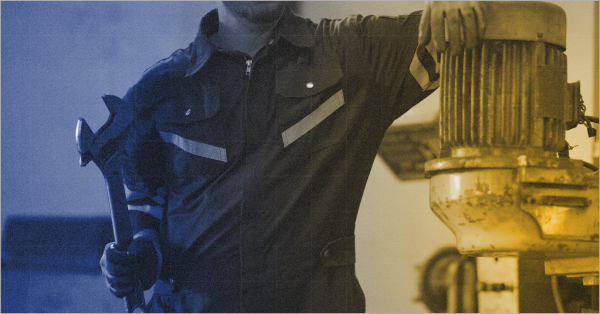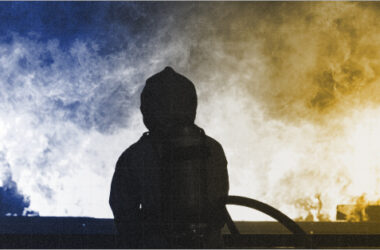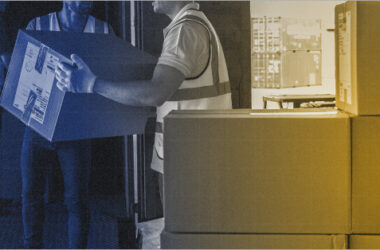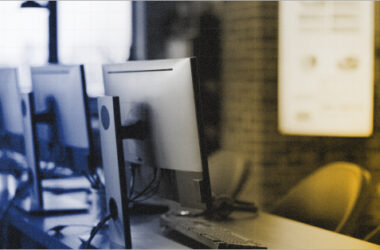Imagine your industrial heart thrumming with the rhythm of production. Suddenly, a deafening clang shatters the harmony. A critical machine, the lifeblood of your operations, lies crippled. The cost of repairs or replacement looms large, threatening to derail your workflow and finances. This is where a robust Machinery Insurance (MI) steps in, offering a safety net for your vital equipment. In this blog, we will dive deep in this topic and understand more about Machinery Insurance.
Understanding Physical Damage to Machinery Insurance
Definition and Scope
Machinery insurance is a type of coverage that protects businesses from financial loss due to damage or destruction of their machinery. This type of insurance is typically purchased by businesses that rely heavily on machinery for their operations, such as manufacturers, construction companies, and transportation companies.
The scope of physical damage to Machinery Insurance can vary depending on the specific policy. Generally, it covers damage caused by external factors such as fire, theft, vandalism, and natural disasters. It may also cover damage caused by internal factors such as electrical or mechanical breakdown.
Types of Coverage
There are several types of coverage available under physical damage to machinery insurance. Some of the most common types include:
- Collision Coverage: This type of coverage protects businesses from financial loss due to damage caused by collisions with other objects or vehicles.
- Comprehensive Coverage: This type of coverage protects businesses from financial loss due to damage caused by non-collision events such as fire, theft, or natural disasters.
- Equipment Breakdown Coverage: This type of coverage protects businesses from financial loss due to damage caused by electrical or Mechanical Breakdown of their machinery.
- Business Interruption Coverage: This type of coverage protects businesses from financial loss due to interruption of their operations caused by damage to their machinery.
Policy Inclusions and Exclusions
Covered Perils
Physical damage to Machinery Insurance provides coverage for various perils that can cause damage or destruction to machinery. These perils include fire, lightning, explosion, theft, vandalism, and accidental damage. The policy also covers damage caused by natural disasters such as earthquakes, hurricanes, and floods.
Common Exclusions
While physical damage to machinery insurance covers a wide range of perils, there are some exclusions that policyholders need to be aware of. These exclusions include wear and tear, rust, corrosion, and gradual deterioration. The policy also does not cover damage caused by intentional acts, war, nuclear hazards, and acts of terrorism.
It is important for businesses to carefully review their policy to understand what is covered and what is excluded. Some policies may have additional exclusions or limitations that may affect the coverage provided. It is recommended that businesses consult with their insurance provider to ensure they have adequate coverage for their machinery and equipment.
Assessing the Need for Machinery Insurance
Machinery is a critical component of many businesses, and any physical damage to these machines can lead to significant financial losses. Therefore, it is essential for businesses to assess the need for machinery insurance. This section will discuss two important aspects of assessing the need for machinery insurance: risk assessment and cost-benefit analysis.
Risk Assessment
Before purchasing machinery insurance, businesses must conduct a risk assessment to determine the likelihood and potential impact of damage to their machinery. This assessment involves identifying the types of risks that the machinery is exposed to, such as natural disasters, fire, theft, and human error.
Businesses must also evaluate the criticality of the machinery in their operations. If a particular machine is essential for the business’s operations, then the risk of damage to that machine is higher, and the potential impact of damage is greater. In contrast, if a machine is not critical to the business’s operations, then the risk of damage is lower, and the potential impact of damage is less severe.
Cost-Benefit Analysis
After conducting a risk assessment, businesses must perform a cost-benefit analysis to determine whether purchasing machinery insurance is financially viable. This analysis involves comparing the cost of insurance premiums to the potential cost of repairing or replacing damaged machinery.
Businesses must consider the deductible, which is the amount that they must pay out of pocket before the insurance coverage kicks in. They must also consider the coverage limit, which is the maximum amount that the insurance company will pay for a claim.
If the potential cost of repairing or replacing damaged machinery is greater than the cost of insurance premiums, then purchasing machinery insurance is financially viable. However, if the potential cost of damage is lower than the cost of insurance premiums, then it may not be worth purchasing insurance.
Claim Process and Settlement
Filing a Claim
In case of physical damage to machinery, the policyholder needs to file a claim with the insurance company as soon as possible. The policyholder should provide all the necessary details such as the date, time, and cause of the damage, along with any supporting documents. The insurance company may also require the policyholder to provide an estimate of the cost of repairs.
Adjustment and Investigation
After receiving the claim, the insurance company will appoint an adjuster to investigate the claim. The adjuster will assess the damage and determine the cause of the loss. The adjuster may also ask for additional documentation or information to support the claim. The insurance company may also send a surveyor to inspect the machinery and assess the extent of the damage.
Settlement and Repair
Once the investigation is complete, the insurance company will determine the amount of compensation to be paid to the policyholder. The policyholder may be required to pay a deductible before the insurance company pays the claim. The insurance company may also offer to repair the machinery instead of paying compensation. If the policyholder agrees to the repair, the insurance company will arrange for the repairs to be carried out.
Conclusion
In conclusion, the claim process for physical damage to machinery insurance involves filing a claim with the insurance company, followed by an investigation by an adjuster to assess the damage and determine the cause of the loss. Insurance companies like BimaKavach will then determine the amount of compensation to be paid to the policyholder or offer to repair the machinery.
Frequently Asked Questions
- What types of incidents are covered under machinery breakdown insurance?
Machinery breakdown insurance typically covers sudden and unforeseen physical damage to machinery caused by internal or external factors. This can include damage caused by electrical or mechanical failures, power surges, operator error, or environmental factors such as fire, flood, or lightning.
- How is the cost of machinery breakdown insurance determined?
The cost of machinery breakdown insurance is determined based on a number of factors, including the type and value of the machinery being insured, the level of coverage required, and the perceived risk of breakdown. Insurance companies may also consider the age and condition of the machinery, as well as the location and operating environment.
- What are common exclusions in a machinery breakdown insurance policy?
Common exclusions in a machinery breakdown insurance policy may include wear and tear, gradual deterioration, and damage caused by lack of maintenance or improper use. Some policies may also exclude coverage for damage caused by war or terrorism, or for machinery located in certain high-risk areas.
- How are claims assessed and indemnified in the event of machinery damage?
In the event of machinery damage, the insurance company will typically send an adjuster to assess the damage and determine the appropriate level of indemnity. Indemnity may be provided in the form of repairs, replacement, or cash compensation, depending on the policy terms and the extent of the damage.
- What steps should be taken when filing a claim for machinery breakdown?
When filing a claim for machinery breakdown, it is important to notify the insurance company as soon as possible and provide detailed information about the incident, including the cause of the damage and any relevant documentation or records. The insurance company may also require an inspection of the damaged machinery before processing the claim.
- How can one calculate the premium for machinery breakdown insurance?
The premium for machinery breakdown insurance is typically calculated based on the perceived risk of breakdown, as well as the value and type of machinery being insured. To calculate the premium, the insurance company may consider factors such as the age and condition of the machinery, the location and operating environment, and the level of coverage required.







